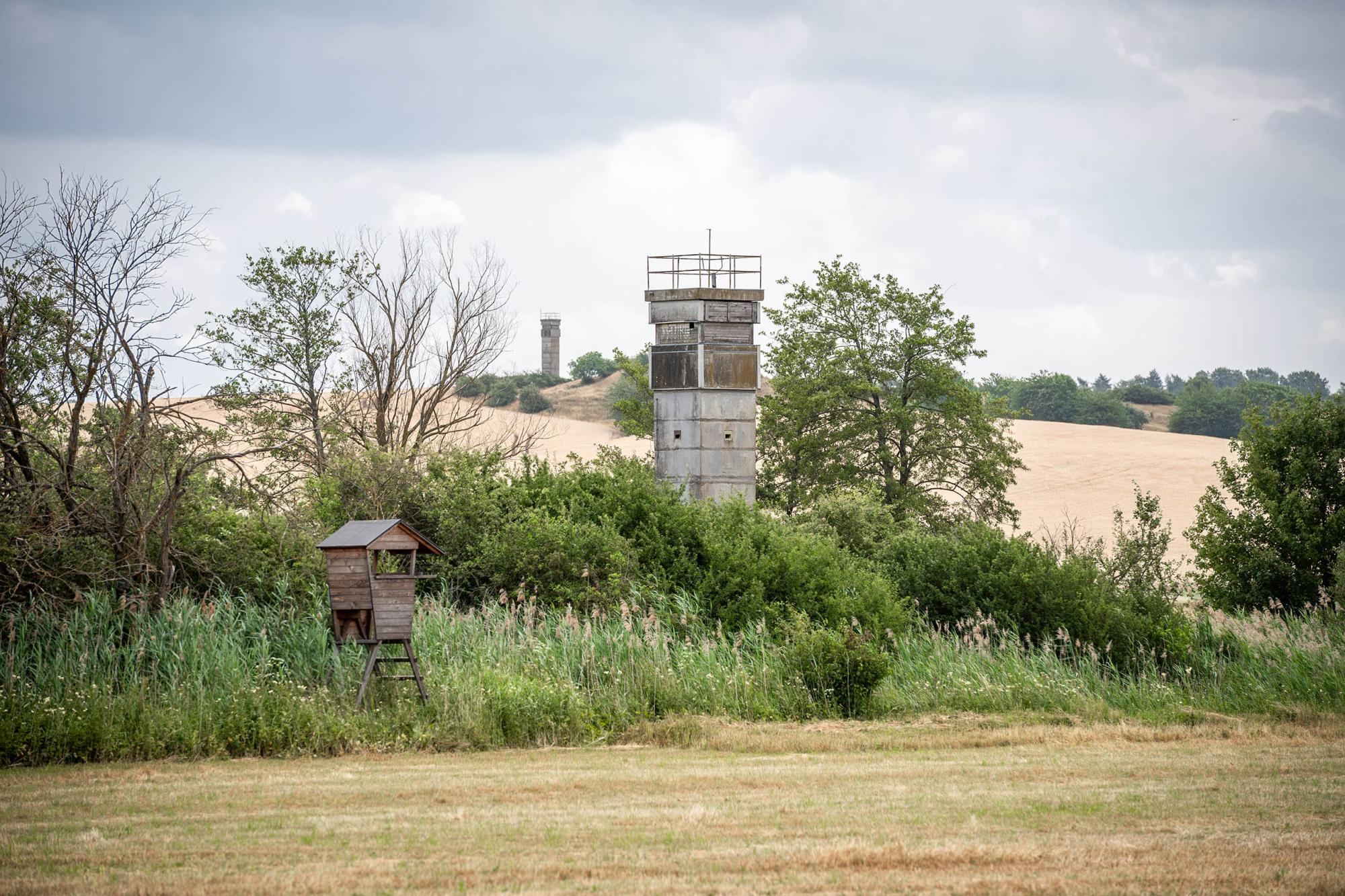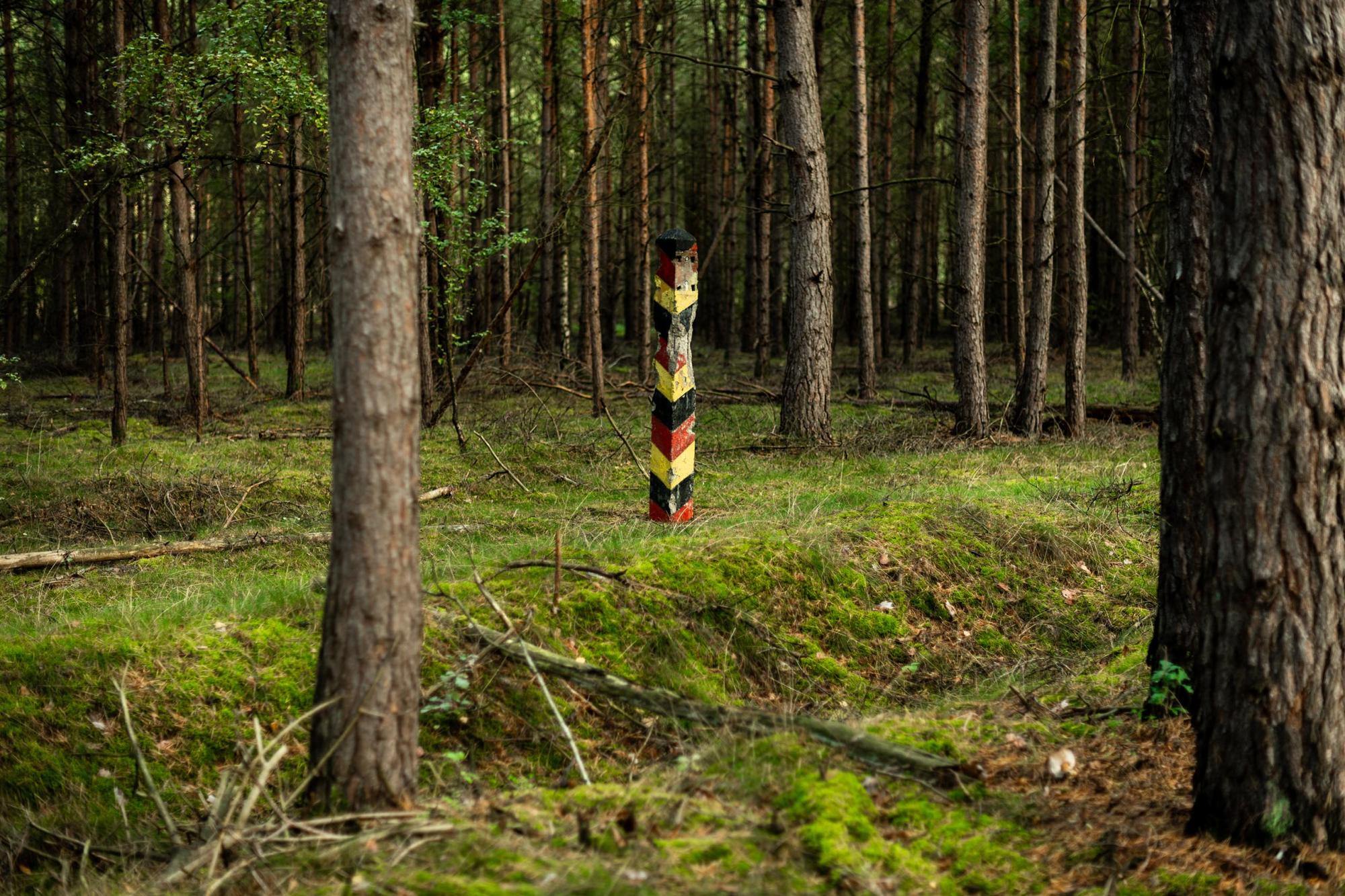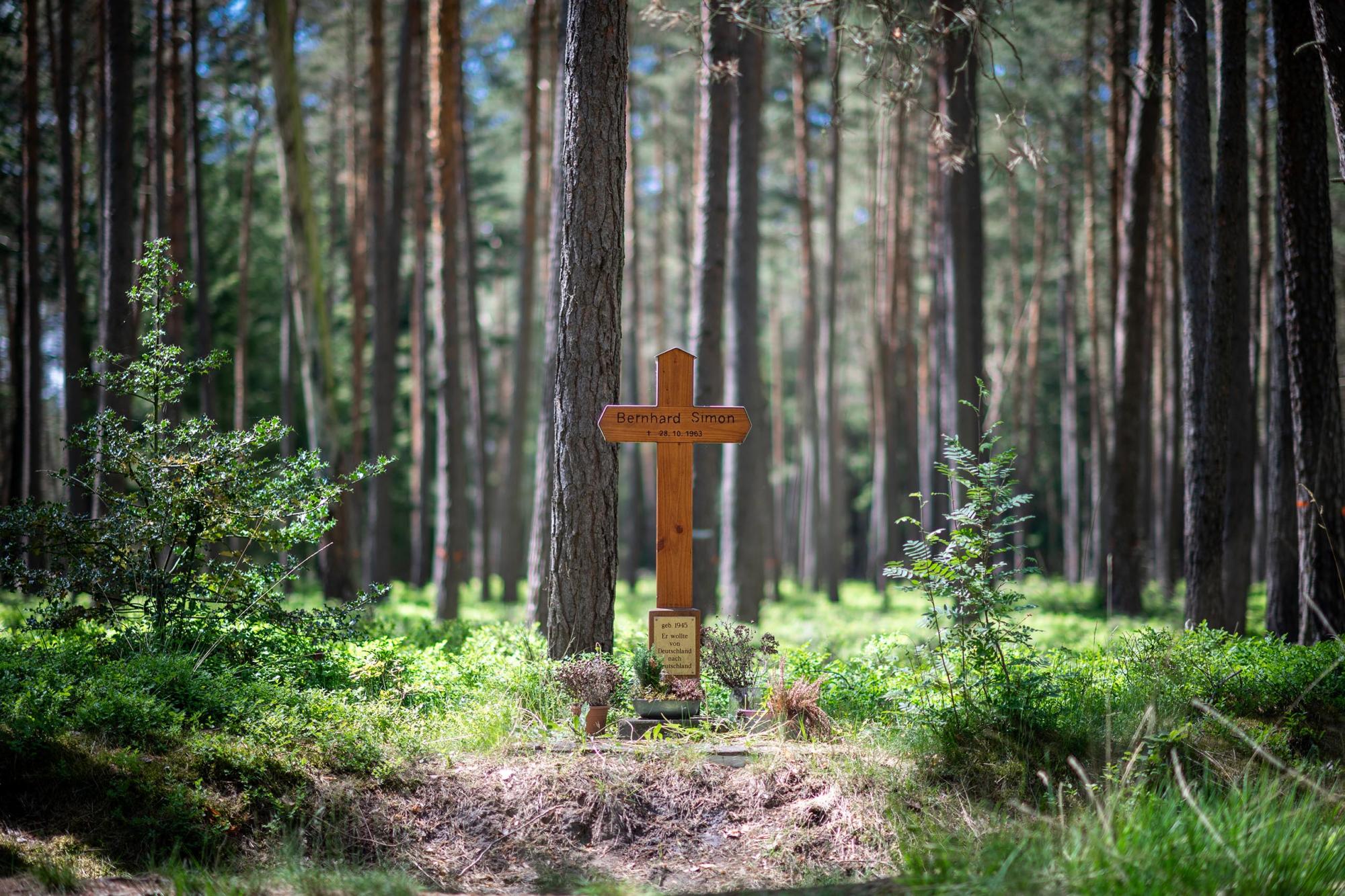


The Green Belt: A landscape of remembrance between history and nature
For decades, the former inner-German border was a heavily guarded death strip. Over the past 35 years, it has been transformed into a special memorial space, stretching 1,378 kilometers and commemorating the division of Germany, escape attempts, expulsion, and the loss of life. At the same time, a diverse natural area has developed along the border, which today forms the largest contiguous biotope network in Germany.
The Green Belt combines cultural and natural history: relics of the border fortifications such as watchtowers, fences, and control paths have been preserved, as have traces of escape and persecution. But rare animal and plant species also have their habitat here. In the future, this landscape is to be designated a UNESCO World Heritage Site—in a double designation as cultural and natural heritage, which would be rare worldwide and unique in Germany to date.
The event, in cooperation with the Federal Foundation for the Reappraisal of the SED Dictatorship and berlinHistory e.V., is dedicated to this special heritage. Historical sites and memorials along the border will be presented. The event will begin with a scenic reading that combines contemporary texts with photographs and film sequences. This will be followed by a panel discussion on the significance of the Green Belt as a landscape of remembrance for present and future generations. Participants will report on their work in the field of remembrance culture, and the natural dimension will also be addressed. In addition, the new Green Belt app will be presented, which documents over 900 locations and enables individual discoveries.
Venue:
Federal Foundation for the Reappraisal of the SED Dictatorship
Kronenstraße 5, 10117 Berlin
The event hall is located on the ground floor and is wheelchair accessible.
Event language German




